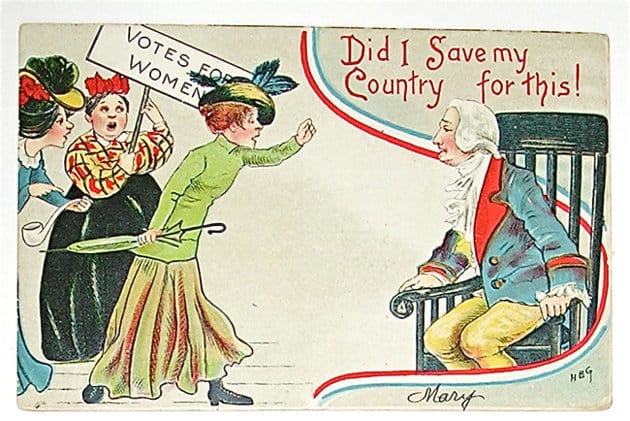Suffrage is one of the most important rights that an individual can obtain in a democratic society. Despite the importance of this right, the right to vote has been withheld from a vast majority of the population. This DBQ will focus on the the Women’s Suffrage Movement in the United States from 1900-1920.
Our generative questions are:
– What is the role of image media in the suffrage movement?
– How are pro-and anti-suffrage movements depicted in media?
– What are the biases that are found in image media?
– How are political, social, and economic factors portrayed in image media?
These generative questions are worth answering due to the facts that they will give students a better understand not just of the struggles females (and to a lesser extent minorities) had to overcome in order to receive the ability to vote. These questions will also give students a look at certain aspects of American life and culture in the 20th century.
There is a massive amount of media devoted to either defending or defeating the women’ suffrage movement, and as a result finding pictures that both support or attack the movement will be no trouble. Some of the photos that we will use are below:
Students will use this DBQ to compare and contrast pictures from both pro-woman suffrage and anti- women suffrage, as well as understanding who the targeted audience was, and what argument each piece was making. This in depth analysis will allow students to better understand the media in their current lives as well as how that media affects them
Related



I really enjoy this idea, because even though we’ve all heard many things about the women’s suffrage, I feel as though we have never really studied it thoroughly. I like the idea of looking at both pro and anti-women suffrage and how each point of view was presented to the audience of the time period. Studying this time period often focuses on other events in history, adding suffrage as a last minute blip. Understanding not only the what, but the why and the how are also important for understanding history itself.